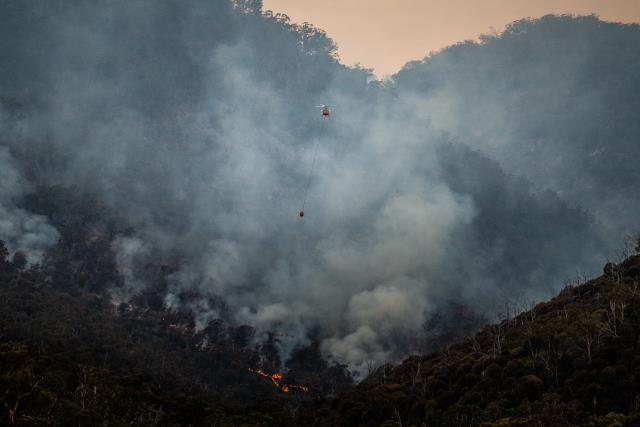
By Parker McKenzie
With climate change increasing the longevity and intensity of bushfires, the risk of natural disasters in the Dandenong Ranges has continued to rise.
Last week the Star Mail discussed the increasing risk — signalled by insurance companies increasing premiums, removing coverage and sometimes leaving the market completely — with Chief Fire Officer for Forest Fire Management Victoria Chris Hardman and Cloudehill Gardens owner Jeremy Francis.
Can Dandenong Ranges address the increasing risk of natural disasters going forward?
Mr Hardman said the solution is to have a knowledgeable public who is prepared to respond to the threat of disaster.
“We have to learn how to live with this increase in risk and that is about knowledge, that’s about taking responsibility for yourselves your own property,” he said.
“It’s about all of us doing what we can to understand and mitigate those risks because we’re not going to move people away from these areas.”
Mr Francis believes addressing what he sees as a blurring of residential areas and bushland could help mitigate risk.
“I think at some point when the whole community is going to sit down and rethink how we live in these areas, we’ve got to decide what’s bushland and what is residential,” Mr Francis said.
“If we control risk in residential areas, then it actually gives us a tool to manage bushland areas as well.”
Another potential way to address the risk of bushfire is by returning to the solutions from the past.
Mr Francis said the Wurrundjeri people were “almost certainly fire-stick burning all around the edges of the mountain.”
“If there had been no landscape management by the Indigenous People, that wouldn’t be kangaroo grass growing for 100km from here,” he said.
“It’s a very strong indicator that there were fires going through, probably every 12 months.”
Kangaroo grass benefits from occasional fires, which helps stimulate its growth. Cool fires produced by fire-stick farming can change the vegetation structure by reducing the density of flammable plants like brachen to reduce fuel loads.
Mr Hardman said Australia’s indigenous people have 60,000 years of knowledge about how to manage country.
“The Aboriginal people would have seen what mother nature did on an annual basis, and it would have worked off the back of that to deliver their own aspirations for country,” he said.
“We shouldn’t be thinking about cultural fire as bushfire risk reduction, but there are incredible lessons from First Nations people that should be applied to healthy country. Healthy country is a country that is resilient, and resilient country is country that can survive bushfires.”






